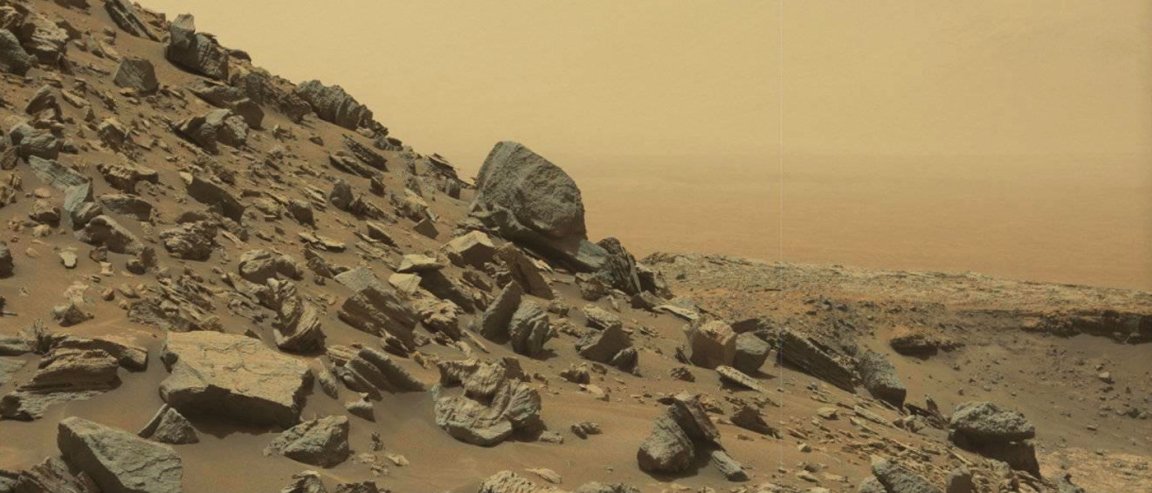
Gale Crater Curiosities
Ever since NASA’s Curiosity rover made its historic landing inside Mars’ Gale Crater in August 2012, its study of the composition of rocks in the area has led researchers to the conclusion that life could’ve been present at some point during the Red Planet’s history. Studies done by other rovers have also arrived at a similar conclusion, with evidence suggesting Mars had a “wet era” during which life — even microbial life — could’ve survived.
A recent discovery supports these claims. The Curiosity rover’s study of different rocks over the Gale Crater’s elevational range of about 200 meters (650 ft) covers a timespan of roughly tens of millions to hundreds of millions of years. Throughout this period, the environment in the crater, which supposedly cradled an ancient Martian lake, was continually changing, but not enough to preclude life from existing.
The newest evidence of this ancient life on Mars is Curiosity’s discovery of boron, marking the first time that this element has been found on the Red Planet.
“We are seeing chemical complexity indicating a long, interactive history with the water. The more complicated the chemistry is, the better it is for habitability,” John Grotzinger, Curiosity team member and geologist at the California Institute of Technology in Pasadena, explained in a press release. “The boron, hematite, and clay minerals underline the mobility of elements and electrons, and that is good for life.”

Where There Is Water…
Based on observations by Curiosity, the ancient lake in the Gale Crater was initially composed of fresh water (neutral-pH water). It became slightly acidic over time, and saltier still a little later.
This all happened over a period of millions of years, as the crater’s lake went through periods of drying out and then filling up again as groundwater rose. Despite these changes, Grotzinger believes that the area remained mostly habitable, as some forms of microbial life could’ve been sustained by groundwater during the lake’s dry spells.
If the conditions on ancient Mars were largely similar to those on Earth, where there is water, there is a great chance that life could exist, as well. The abundant traces of silica, which is excellent at preserving microbial life on Earth, found in Curiosity’s samples could aid future life-hunting missions on Mars. “I think this is a tremendously exciting discovery,” said Grotzinger.
With more missions to Mars in the works, hopefully it is just one of many to come.

Credit: NASA/JPL-Caltech/MSSS/LANL/CNES/IRAP/LPGNantes